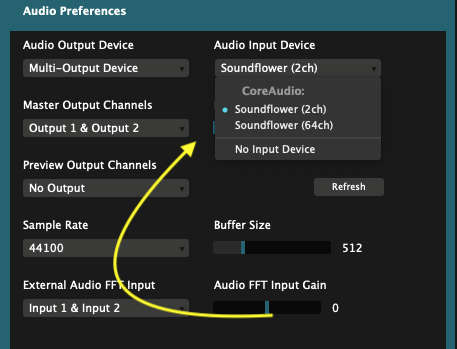
For example, Listing 2 shows three of these. Synchronized Data ExchangeĮach of the “synchronized data exchange” primitives perform a collective operation among a set of threads in a warp. Please see the CUDA Programming Guide for detailed descriptions of these primitives. Thread synchronization: synchronize threads in a warp and provide a memory fence.Active mask query: returns a 32-bit mask indicating which threads in a warp are active with the current executing thread._shfl_sync, _shfl_up_sync, _shfl_down_sync, _shfl_xor_sync._all_sync, _any_sync, _uni_sync, _ballot_sync.Synchronized data exchange: exchange data between threads in warp.The data exchange is performed between registers, and more efficient than going through shared memory, which requires a load, a store and an extra register to hold the address.ĬUDA 9 introduced three categories of new or updated warp-level primitives.

For a thread at lane X in the warp, _shfl_down_sync(FULL_MASK, val, offset) gets the value of the val variable from the thread at lane X+offset of the same warp. Val += _shfl_down_sync(FULL_MASK, val, offset) Ī warp comprises 32 lanes, with each thread occupying one lane. #define FULL_MASK 0xffffffffįor (int offset = 16 offset > 0 offset /= 2) At the end of the loop, val of the first thread in the warp contains the sum. It uses _shfl_down_sync() to perform a tree-reduction to compute the sum of the val variable held by each thread in a warp. Listing 1 shows an example of using warp-level primitives. Part of a warp-level parallel reduction using shfl_down_sync(). The Cooperative Groups collectives ( described in this previous post) are implemented on top of the warp primitives, on which this article focuses. CUDA C++ supports such collective operations by providing warp-level primitives and Cooperative Groups collectives. Parallel programs often use collective communication operations, such as parallel reductions and scans. While the high performance obtained by warp execution happens behind the scene, many CUDA programs can achieve even higher performance by using explicit warp-level programming. The CUDA compiler and the GPU work together to ensure the threads of a warp execute the same instruction sequences together as frequently as possible to maximize performance. NVIDIA GPUs execute warps of 32 parallel threads using SIMT, which enables each thread to access its own registers, to load and store from divergent addresses, and to follow divergent control flow paths. The benefits of SIMT for programmability led NVIDIA’s GPU architects to coin a new name for this architecture, rather than describing it as SIMD. In a SIMT architecture, rather than a single thread issuing vector instructions applied to data vectors, multiple threads issue common instructions to arbitrary data. SIMD is typically implemented using processors with vector registers and execution units a scalar thread issues vector instructions that execute in SIMD fashion. In a SIMD architecture, each instruction applies the same operation in parallel across many data elements. But there is a subtle but important difference between SIMD and SIMT. One of Flynn’s four classes, SIMD (Single Instruction, Multiple Data) is commonly used to describe architectures like GPUs. SIMT extends Flynn’s Taxonomy of computer architectures, which describes four classes of architectures in terms of their numbers of instruction and data streams. NVIDIA GPUs and the CUDA programming model employ an execution model called SIMT (Single Instruction, Multiple Thread).
#RESOLUME 5 WAVE WARP V SYNC PROBLEM HOW TO#
In this blog we show how to use primitives introduced in CUDA 9 to make your warp-level programing safe and effective. Many CUDA programs achieve high performance by taking advantage of warp execution.

NVIDIA GPUs execute groups of threads known as warps in SIMT (Single Instruction, Multiple Thread) fashion. Figure 1: The Tesla V100 Accelerator with Volta GV100 GPU.


 0 kommentar(er)
0 kommentar(er)
